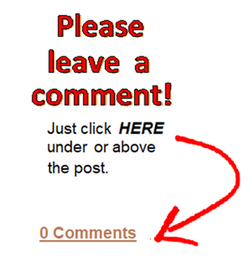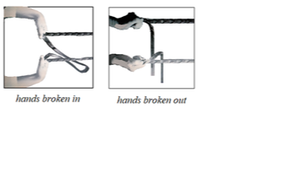
Here are some more tips on correct hand position. While it may seem like a lot of things to think about, it does make a difference. The difficulty in using reins to steer a horse is the fact that they have so much play in them.
If you think of an auto's wheel, or a bicycle's handlebars, they are solid and there is no play. When I was a kid, I had a bike with streamers coming out of the grips on the handlebar. I would try to steer with the streamers, pretending they were reins. It was very difficult. So, the precision with which you hold the reins makes your steering and communication with the horse that much more accurate.
There is a problem with hands breaking in or out. This creates a weakness in the arm and connection. Hands broken out tend to encourage the "duckwing" position of the elbows mentioned earlier. Hands broken in can also cause elbows to stick out but more likely cause tenseness, as if the rider is trying too hard.
If you think of an auto's wheel, or a bicycle's handlebars, they are solid and there is no play. When I was a kid, I had a bike with streamers coming out of the grips on the handlebar. I would try to steer with the streamers, pretending they were reins. It was very difficult. So, the precision with which you hold the reins makes your steering and communication with the horse that much more accurate.
There is a problem with hands breaking in or out. This creates a weakness in the arm and connection. Hands broken out tend to encourage the "duckwing" position of the elbows mentioned earlier. Hands broken in can also cause elbows to stick out but more likely cause tenseness, as if the rider is trying too hard.
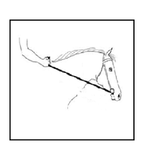
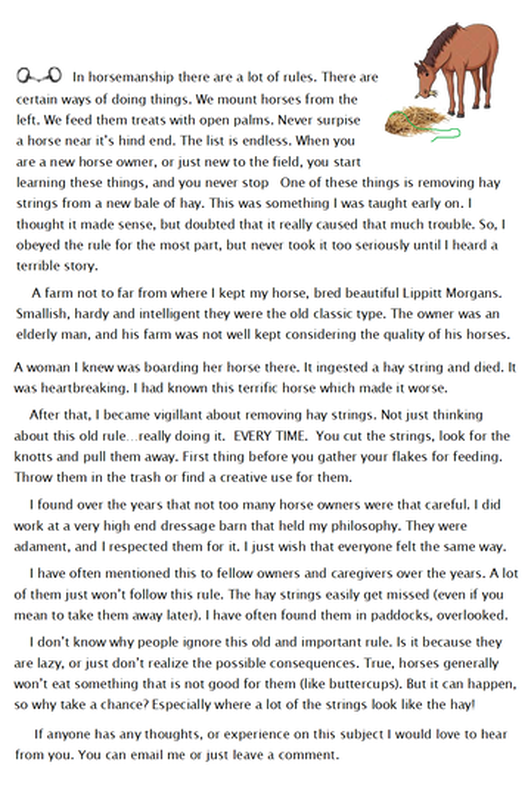


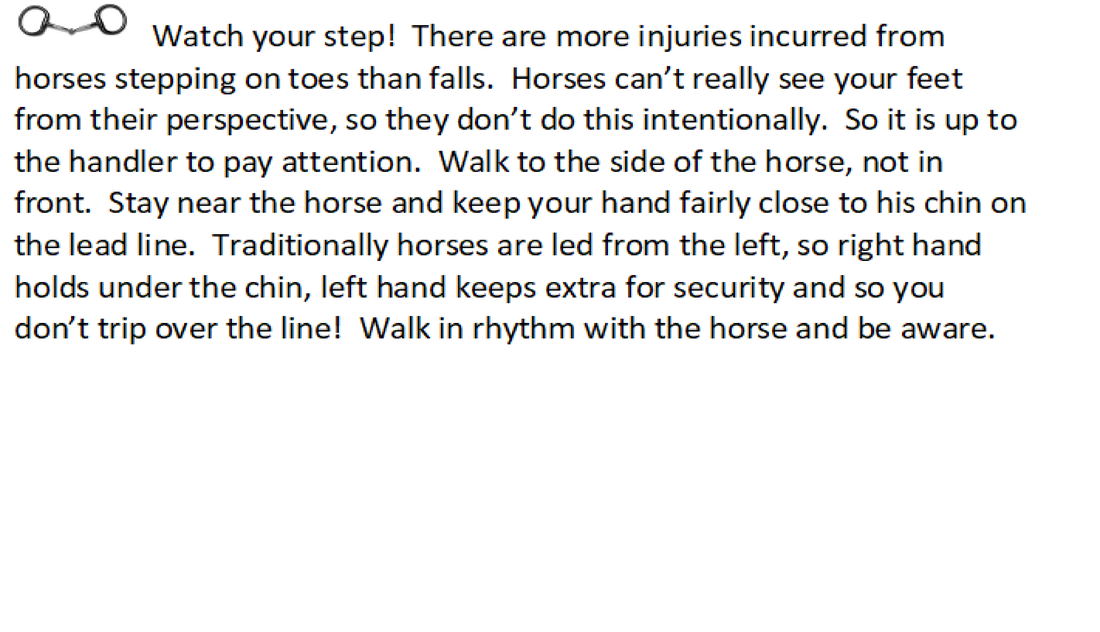
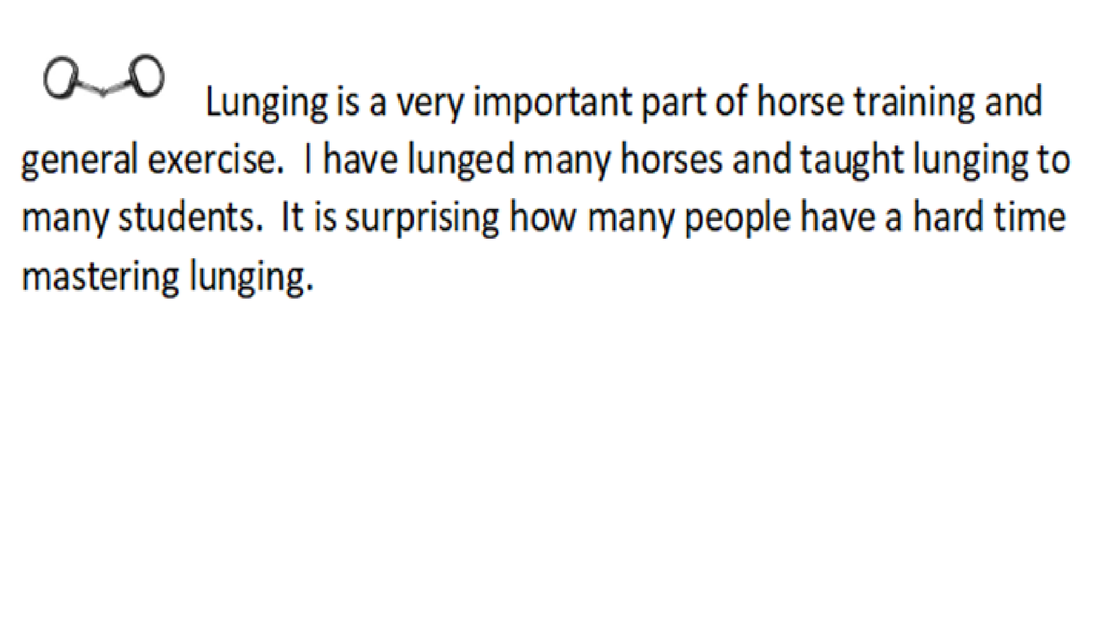
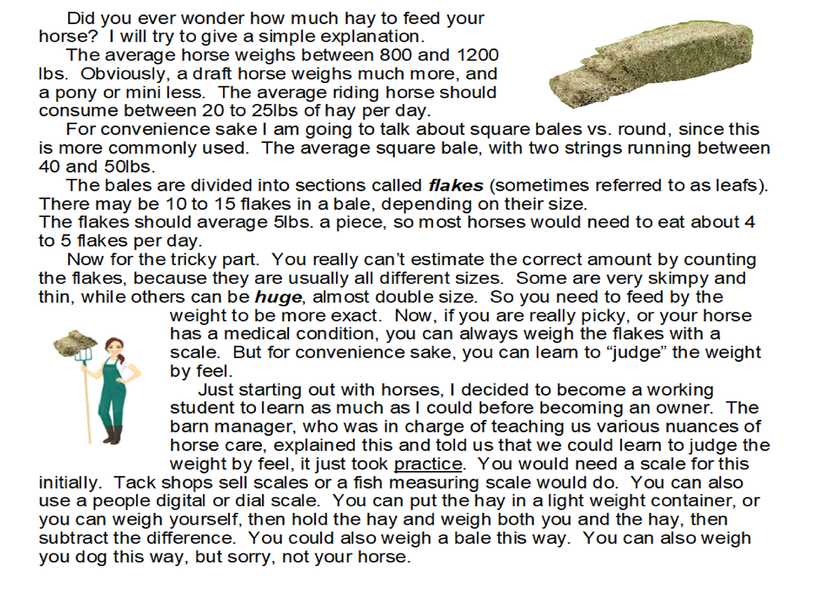
 RSS Feed
RSS Feed
